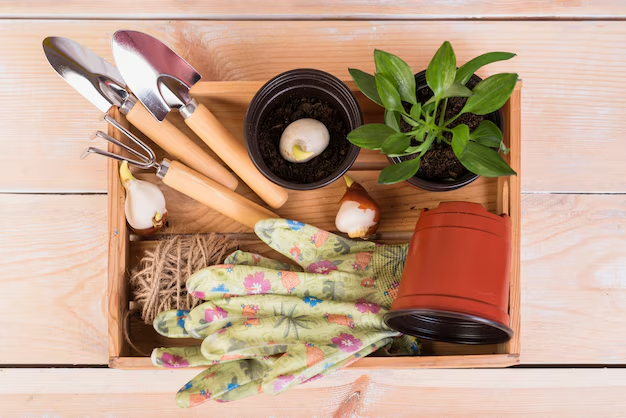Plants have been an essential part of human life since the dawn of civilization. From providing food to constructing shelter, plants offer a myriad of materials that have been utilized by humans for various purposes. This article delves into the fascinating world of plant materials, exploring their diverse uses, characteristics, and significance in our daily lives.
Importance of Plant Materials
Plants are invaluable resources that provide us with a wide array of materials essential for sustenance, shelter, clothing, medicine, and more. The use of plant materials dates back thousands of years when early humans relied on plants for their survival. Today, plant materials continue to play a crucial role in various industries and applications, showcasing the versatility and sustainability of these natural resources.
Types of Plant Materials
1. Fibrous Plants
Fibrous plants, such as cotton, flax, hemp, and jute, are known for their strong and durable fibers. These fibers are used in the textile industry to create clothing, fabrics, ropes, and other products. Cotton, in particular, is one of the most widely used plant fibers, offering breathability and comfort in clothing.
2. Wood
Wood is a versatile plant material that has been used for construction, furniture making, paper production, and fuel. Different types of trees, such as oak, pine, maple, and mahogany, provide varying characteristics of wood, including strength, color, and grain patterns.
3. Bamboo
Bamboo is a fast-growing plant that is renowned for its strength and sustainability. It is used in construction, furniture, flooring, and various household items. Bamboo is considered an eco-friendly alternative to traditional hardwoods due to its rapid growth and renewable nature.
4. Natural Rubber
Rubber is derived from the latex of certain plants, such as the rubber tree (Hevea brasiliensis). Natural rubber is used in the production of tires, footwear, medical gloves, and various industrial products. The elasticity and durability of natural rubber make it a valuable plant material in the manufacturing sector.
5. Medicinal Plants
Plants have long been used in traditional medicine for their healing properties. Medicinal plants, such as aloe vera, chamomile, and ginseng, provide natural remedies for various ailments and promote health and well-being. Plant-based medicines continue to be studied for their therapeutic benefits and potential in modern healthcare.
Sustainable Practices and Plant Materials
The use of plant materials offers numerous environmental benefits, particularly in terms of sustainability and eco-friendliness. Sustainable practices, such as agroforestry, organic farming, and responsible harvesting, ensure the long-term viability of plant resources while minimizing negative impacts on the environment.
By opting for plant-based materials over synthetic alternatives, individuals and industries can reduce their carbon footprint, support biodiversity conservation, and promote a more sustainable way of living. From biodegradable packaging made from plant fibers to eco-friendly textiles produced from organic cotton, the demand for sustainable plant materials is on the rise in a world that increasingly values environmental stewardship.
Innovations in Plant Materials
Advancements in technology and research have led to the development of innovative plant-based materials that offer enhanced performance, durability, and functionality. Bioplastics derived from plant sources, such as corn starch and sugarcane, are being used as sustainable alternatives to traditional petroleum-based plastics.
Similarly, plant-based fabrics like Tencel, made from cellulose fibers sourced from eucalyptus trees, offer a soft and luxurious feel while being environmentally friendly. These innovative plant materials are driving a shift towards a more sustainable and circular economy, where resources are utilized efficiently and responsibly.
Conclusion
Plant materials encompass a vast and diverse range of resources that have shaped human civilization and continue to play a vital role in our daily lives. From clothing and shelter to medicine and industry, plants offer a wealth of materials that are sustainable, versatile, and environmentally friendly.
As we navigate the challenges of climate change and resource depletion, the importance of plant materials in promoting sustainability and conservation cannot be overstated. By embracing plant-based solutions and innovations, we can pave the way for a more harmonious relationship with nature and ensure a greener future for generations to come.




